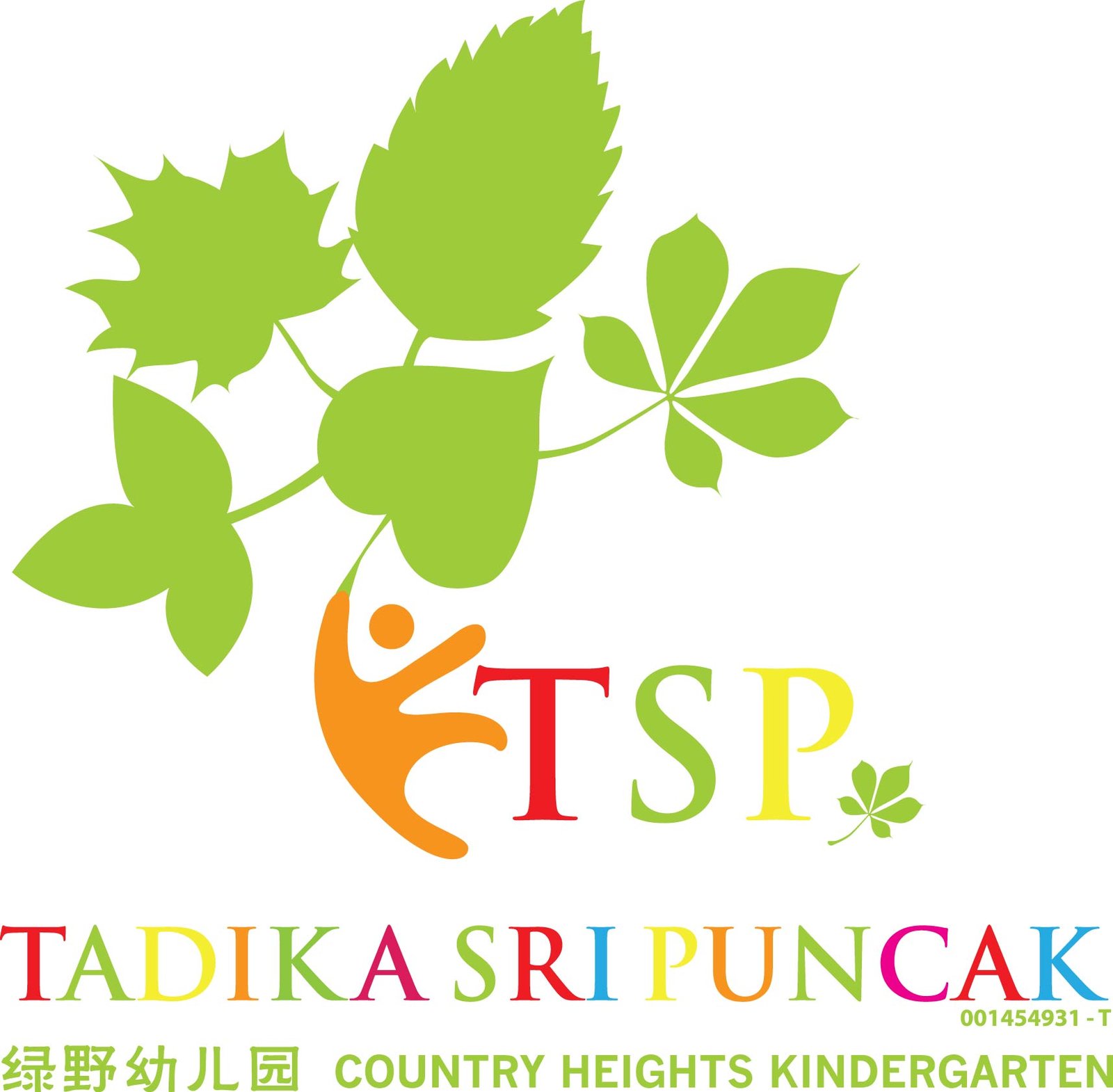Is baby walker a necessity for a child to learn walking?
My nephew received a baby walker as a newborn gift. This baby walker is equipped with various fun and colorful parts of alphabets, shapes and even nursery rhymes. It’s such a beautiful gift that even adults want to play with it.
But I told my sister she should think twice before letting my nephew to learn walking with a baby walker.
Here’s my view…
Many people would think that baby walker is convenient and safe, safe in a sense that a toddler can move freely and learn walking without physical support of adults.
If you take a closer look at how a baby walker works, you will see that when a toddler walks with a baby walker, the toddler does not control and coordinate his body, hands and legs when he’s moving with a baby walker. The toddler does not get to feel how leaning forward and backward can affect his movement.
Just because baby walker is convenient and mobile, a toddler is then exposed to even more risks of injury, such as falling onto hard surfaces, usually down steps or across changes in floor level, burns and scalds as a result of toddler gaining access to hot beverages and electrical appliances (e.g. kettles, heaters and ovens), choking from toys or play equipment attachments that come off easily.
Still not convinced by these points? Let’s look at some facts and data from America and Canada for you to consider if you’re still thinking “Should I get one for my toddler?”
An annual average of 23,000 baby walker caused incidents happened from 1990-1994
A rough 197200 baby walker caused incidents requiring medical attention involving toddlers below 15 months old happened from 1990-2001
Canadian government banned the sales and use of baby walker since 2004
Reality is, baby walker doesn’t train a toddler to walk. It is a misconception that the use of baby walkers helping to develop children’s walking skills. Numerous research have shown the opposite, over dependency on baby walker delays a toddler in achieving normal locomotor milestones, such as crawling, standing alone and walking. In severe cases, it will also cause atypical walking pattern due to poorly developed bone structures and weak leg muscles.
Children naturally develop their walking skills through rolling, sitting and crawling as they build stronger muscles in different stages of physical development. Placing your child on the floor is the best way to train their muscles and naturally develop these locomotor skills. As they master these skills, it will also develop their balance and coordination, both very important skills for when they start to walk.
“Everyone falls down, getting back up is how you learn how to walk” – Walt Disney.
小外甥在他出生时,收到他人生第一个五星级的豪华学步车。
这辆特别高档的学步车上,装上铃铛、旋转英文字母、按扭上可唱出脍炙人口的儿歌:小星星、出声音的小玩具……琳琅满目,应有尽有!看起来真是好玩极了!送的觉得这是一个大礼,受礼的人觉得感激不尽!
但我告诉妹妹这个豪华产品不适合用,他觉得很可惜!
大部分人觉得,用学步车很方便,即使没有大人扶着,也可以安全的练习走路。
实际上,在这整个看似“走路”的过程中,他却无法学会如何控制自己的重心。因为保持平衡,控制身体不摔倒的诀窍只是在于车子本身。他并不能感知究竟在走路中怎么去协调手脚的同时并用,和身体究竟是该前倾一些还是后仰一些!
因为学步车的底轮轻便灵活,宝贝儿能借助它轻易滑向家里的任何地方,这无疑会增加他们接触到各种“危险品”的几率,导致意外伤害的发生。
1990-1994年, 美国平均每年发生23000 例学步车相关的伤害。
从1990-2001年,美国总共有约197200个15月以下孩子因为学步车相关伤害到急诊室就诊。
甚至加拿大政府在2004年开始禁止使用和销售学步车!
实际上,学步车只能帮助孩子站立,而不能帮助他们学会走路。
而在居家环境中,我们观察一岁上下的孩子怎么学走路?只要扶着矮桌子的边缘,慢慢站起来,就可以学到了,而且这也是随机的。
婴儿过早或过多使用学步车,不仅不能加快学步,反而会因为用脚尖触地而造成足关节变形,脚后跟外翻,以及出现“x”或“o”型腿。同时,容易罹患感觉统合失调症,表现为好动、任性、脾气暴躁、不易与人沟通等,还会出现注意力不集中、阅读跳行等危害。
让孩子在自然的环境中,学习如何调整、发现及练习该怎么站起来走路!扎扎实实地迈开人生第一小步,走稳了再跑,而不是一开始就滑得很顺利!
Visit TSP Blog to find out more

